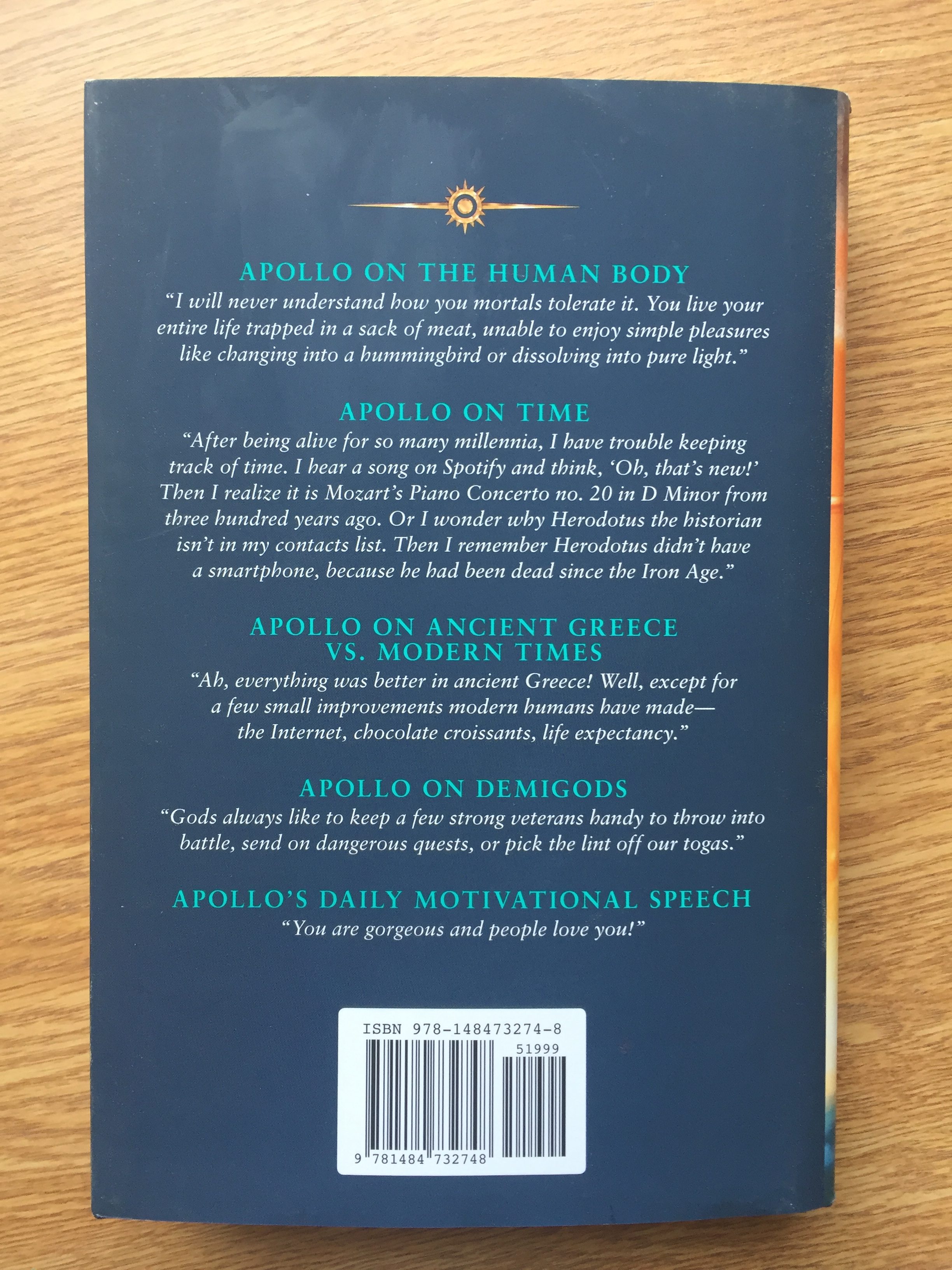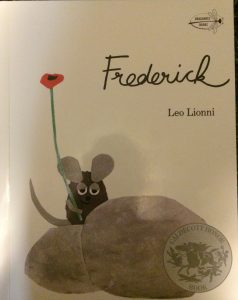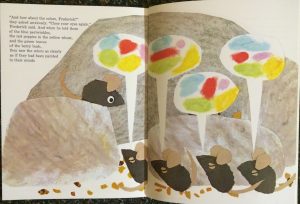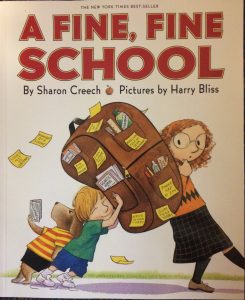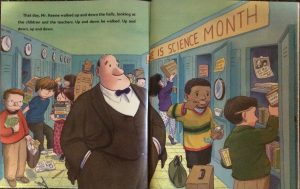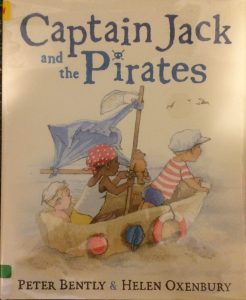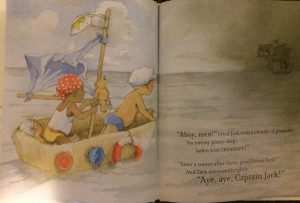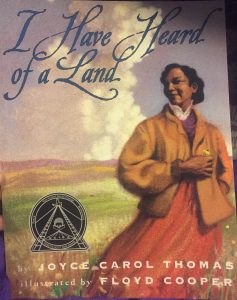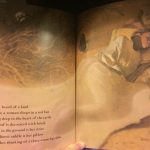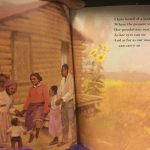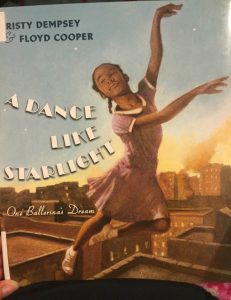
Author: Monica Brown
Illustrator: Julie Paschkis
Publisher and Year: Henry Hold and Company 2011
Number of pages: 26
Genre: Non-Fiction Picture Book
Analysis
Pablo Neruda: Poet of the People is a recipient of the Américas Books Award. This book is a picturebook about Pablo Neruda, originally named Neftalí, and his experiences in Chile. In the beginning, it shows Neftalís initial interest in the nature he experiences in Chile. The book then walks through Neftalí’s schooling and the change of his name from Neftalí to Pablo Neruda. As he grows older, Neruda becomes interested in social justice and speaking out against many injustices he sees in the world. Neruda was both an advocate and a poet and often times these two sides of him worked together. The book clearly illustrates just how Neruda was truly a poet for the people.
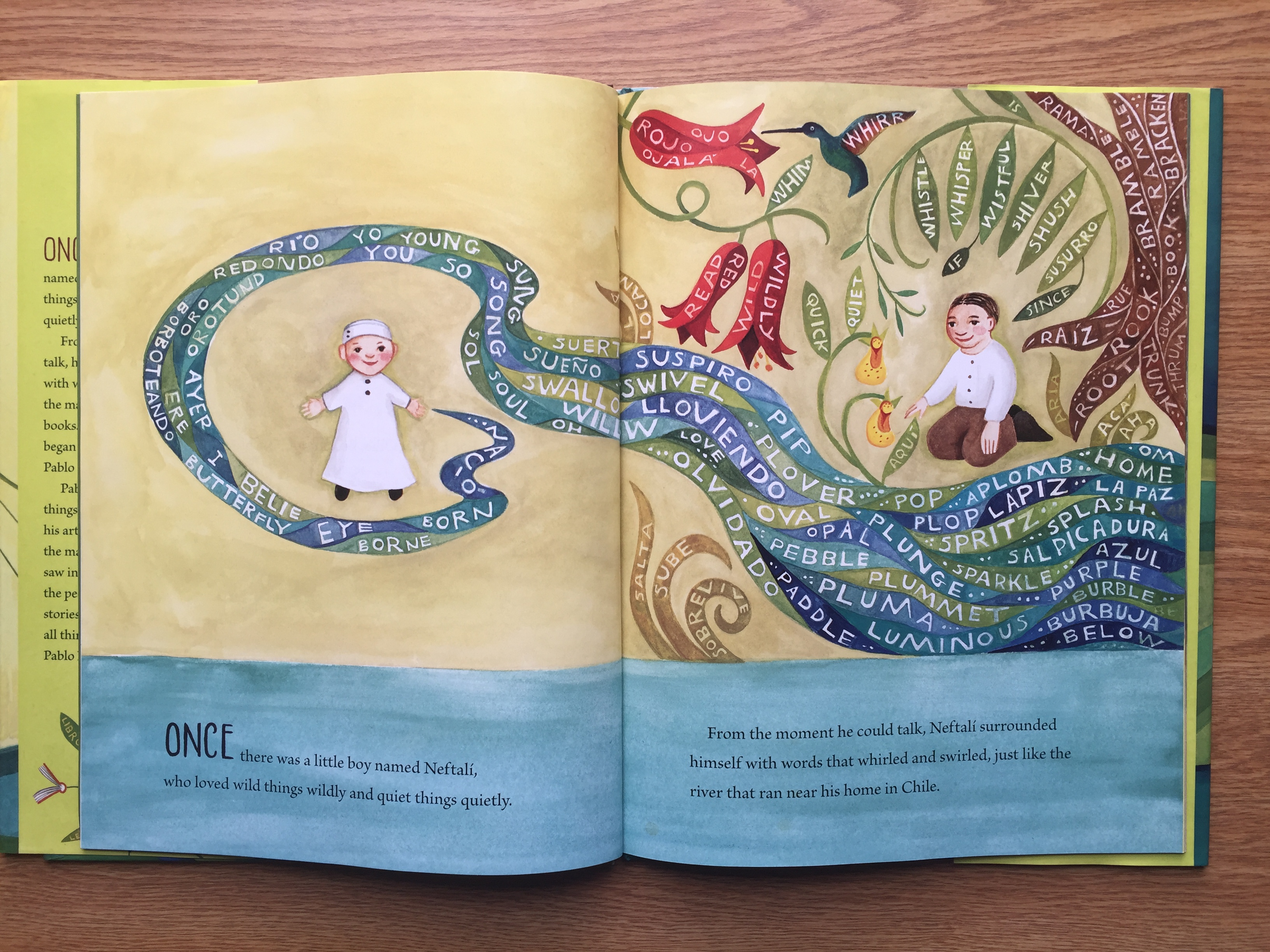
The importance of text placement in Pablo Neruda: Poet of the People goes beyond the initial body of text in the book. While the story text has short simple sentences which are easy for children to read, there is also text and words placed amongst the illustrations. Neruda’s inspiration was from the world around him, and the illustrations do an excellent job to reflect that. Without the words in the illustrations, the illustrations would be bright, colorful, and reflect what was written in the text. Overlaying words on the illustrations allows the reader to see what it was like living in Neruda’s world.

The story text itself is at the bottom over plain backgrounds and is easy to read. The short sentences of the text gives children the chance to read the book for themselves because of the simple sentence structures. The simple sentences also gives the text an easy flow. Although this book would not be considered poetry, there is a sort of poetic flow to the text.

Overall, this book allows readers to not only be informed about Pablo Neruda’s life, but also experience the world through Neruda’s eyes. Ideologically, this book sends the message of advocating for social justice and using talents to help others. This book is a good tool to use in a classroom because it combines poetry, history, and social events. The drawings invite children to be interested, and the story gives children a more cultured historical understanding.



